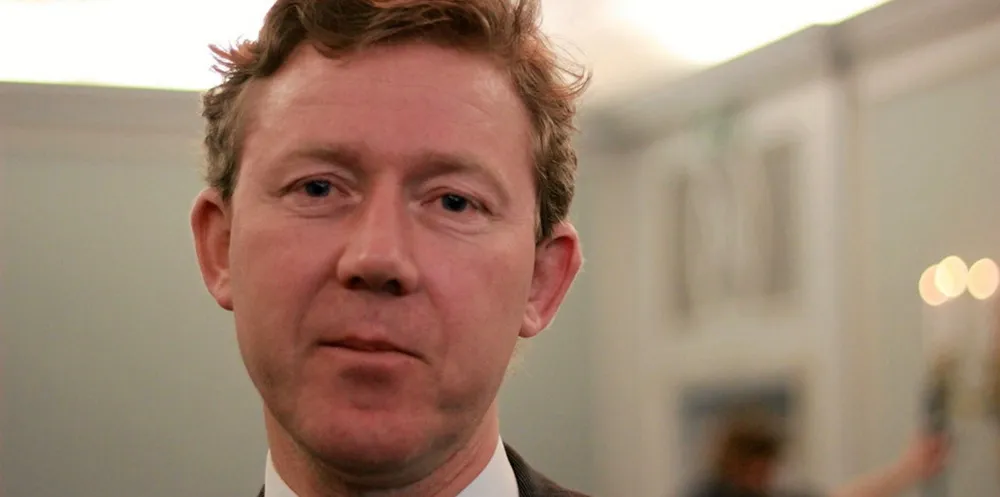'Scotland wouldn't try to sell this to France': Will lifting Norway's low-grade salmon export ban really increase prices?
An increase in production fish prices could be offset by a fall in prices for higher grade fish, analysts told IntraFish. There is also brand reputation to consider.
